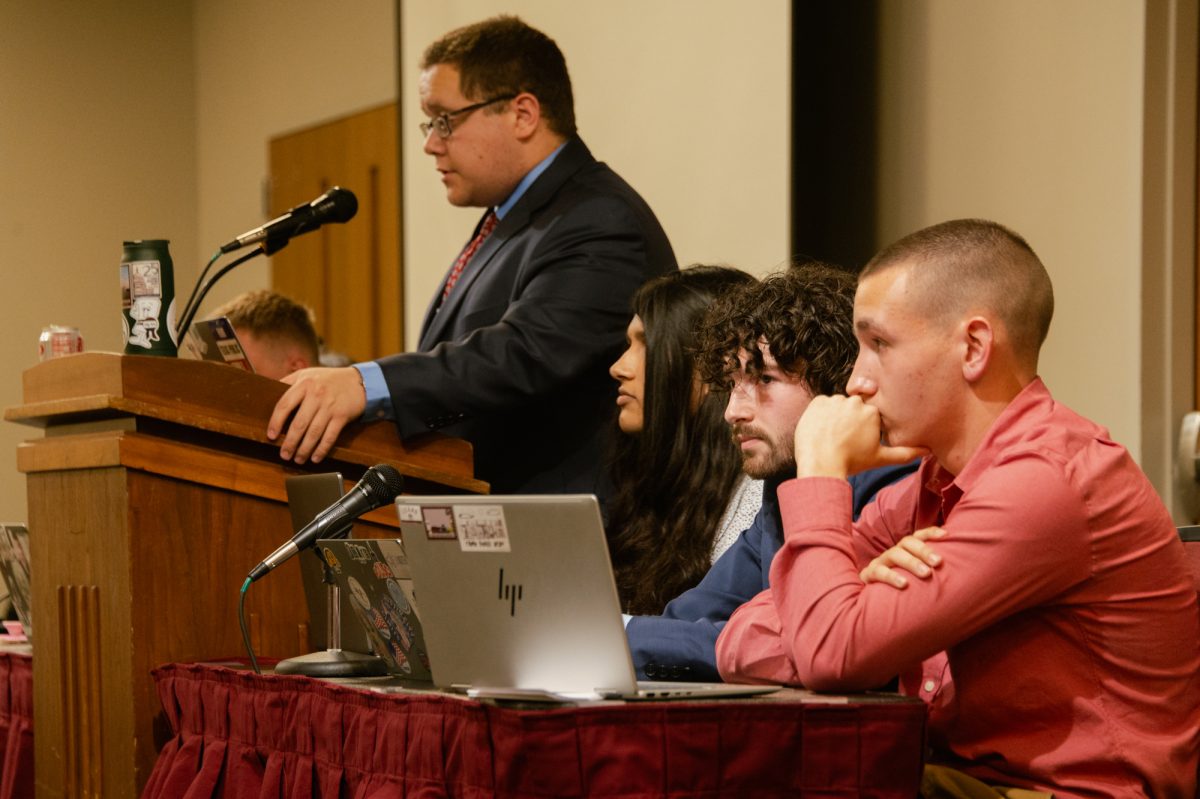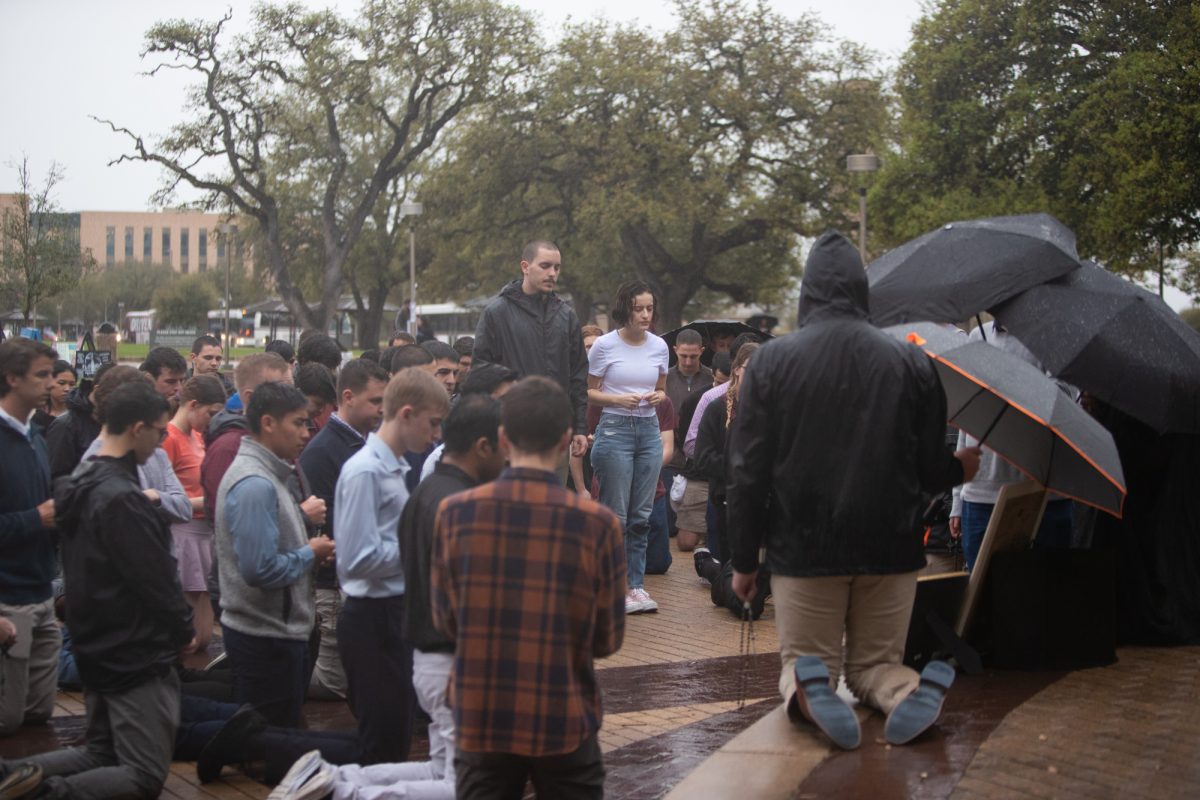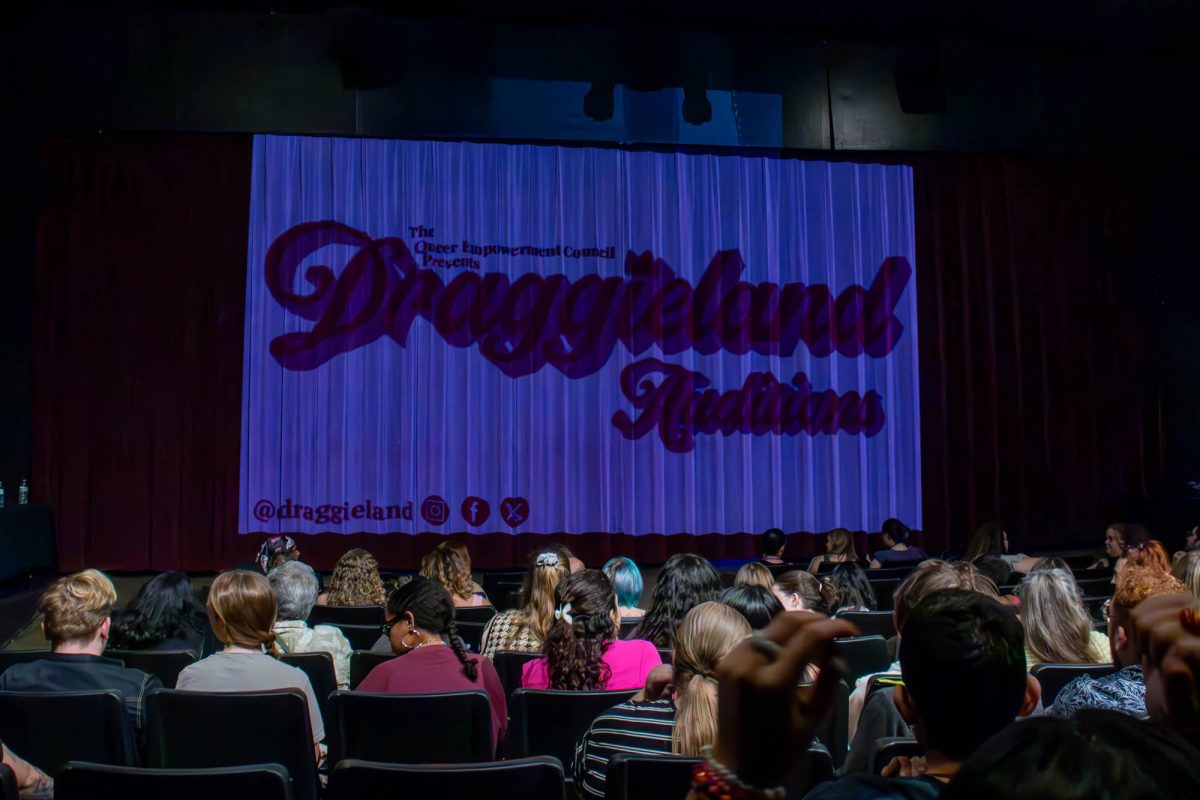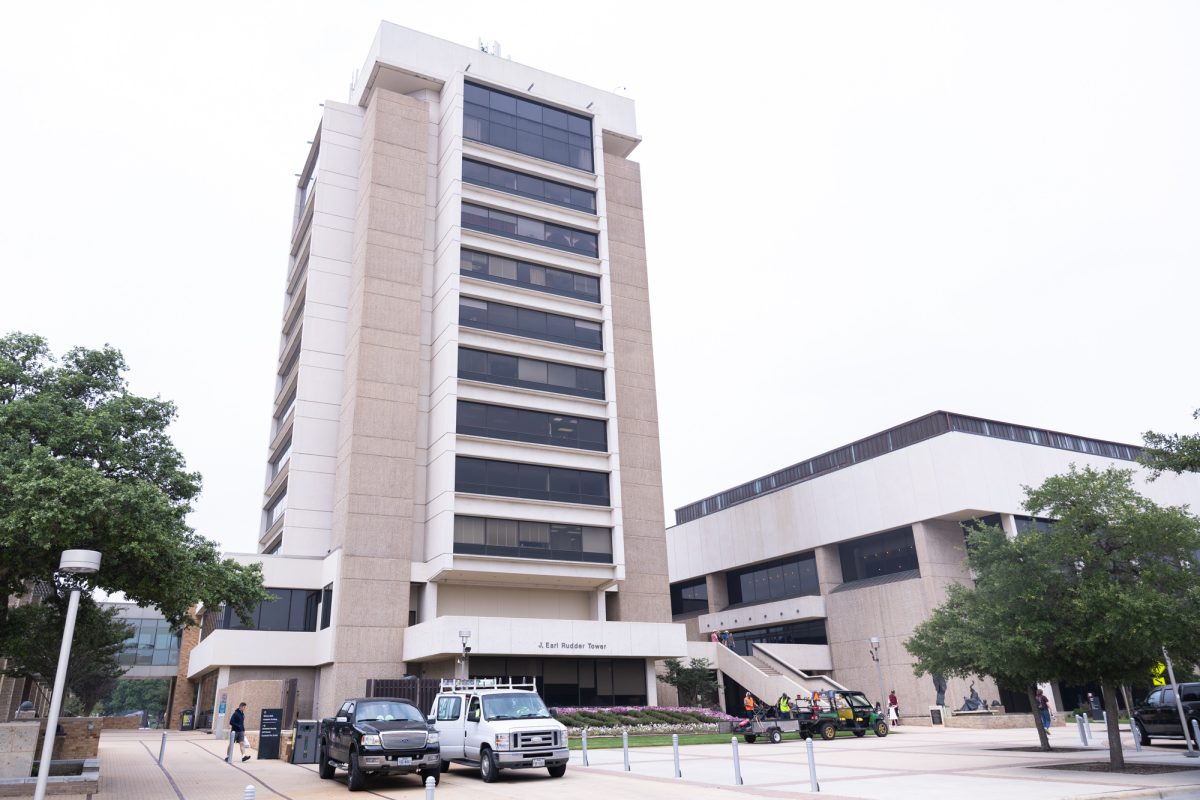Transportation Services is seeking student feedback about A&M’s bicycle-pedestrian infrastructure in hopes of improving it in the fall.
Transportation Services contracted Alta Planning and Design, a company focused on improving bicycle and pedestrian layouts for communities, on April 14. Ron Steedly, manager for alternative transportation, said they are offering on-campus forums to provide students with the opportunity to voice concerns about the current biking situation at Texas A&M.
Steedly said Transportation Services was motivated to start developing a plan now, based on the expected growth of campus with student housing developments near campus and the west campus housing project.
A&M has an optional bike registration program that allows Transportation Services to gain some knowledge of how many bikes are on campus. Steedly said there are more than 5,000 active bike registrations. Transportation also counts the bikes on campus during breaks to track the increasing numbers.
“During spring break we counted 6,700 bicycles left on campus,” Steedly said. “This number was 5,300 during winter break. We also estimate 2,000-3,000 people commute to campus on bicycle each day.”
Alta has worked with multiple universities and Mike Tresidder, project manager and campus manager of Alta, said creating a bike plan for a college campus differs from designing a plan for a city.
“As a college gets bigger, it becomes a city of its own in a way,” Tressider said. “It has its own operations, like housing, dining and more. However, campuses are dealing with a lot of different conflicts because of all the people walking and biking. We want to work on finding ways to address conflict bikes and pedestrians have in multiuse paths.”
Academic Plaza was one problem area referenced, as some paths are narrower and cause pedestrians and bicyclists to clash during crowded times of the day. Steedly said if there was an education plan Alta could develop to encourage bikers to use wider routes to navigate through the plaza, safety concerns could be greatly reduced in the area.
Tressider expressed a similar wish to establish educational programs on campus.
“In the short term, we’re focused on the education component,” Tressider said. “How does enforcement happen? For myself personally, I prefer the carrot tactic of encouraging good behavior.”
At a meeting between Transportation Services and Alta, members of Alta learned a little about Aggie traditions, including the tradition of not wearing caps in the MSC or during yells, a tradition enforced by other students yelling “uncover” to point out a mistake. Steedly said self-enforcement by students could be the way to increase bike safety on campus.
“Tradition. People will flip out to enforce tradition,” Steedly said. “This needs to be student-centric and focus on what the students want to do.”
After a University-wide email was sent on April 17, Steedly said Transportation began to receive feedback from students. Linda DuPriest, Alta representative from Dallas, said the feedback has already given Alta some ideas of what the company can focus on when designing a bike plan.
“There is an interest in riding to campus,” DuPriest said. “There are people wanting better bike routes. We can work on creating a community-wide bike plan that works.”
However, Steedly said Alta cannot develop a bike plan without input from the community. He encouraged students to voice their concerns at the forums, and to bring ideas of what they would do to fix the problems campus is currently facing.
Christa Walker, sophomore psychology major, said she likes that almost any place on campus can be reached by bike. However, she said students living off-campus, as she plans to do next year, can face serious issues.
“A lot of people bike from off-campus, and the bike paths getting to campus sometimes aren’t marked very clearly or they aren’t everywhere that people bike,” Walker said. “I know someone who was talking about how sometimes the cars will drive in the bike lane or people will walk in the bike lane, and that’s just not safe for people who count on that for their transportation.”
The bike plan is a two-step system, Steedly said. The first step, the action plan, is what will be developed after Alta’s visit to campus this week. Steedly said Transportation should be receiving the plan by August, which means changes to improve bicycle and pedestrian systems can begin in the fall. The second step, the strategic plan, should be received by December. This step is more focused toward the long-term development of a bicycle plan.
Along with the forums, Steedly said the group will also be meeting with other campus organizations such as faculty senate, ResLife, UPD and other stakeholders to gain even more insight about biking and pedestrian concerns on and around campus. Transportation will also be speaking to the campus architect, who is in charge of developing plans for the new engineering buildings as well as other new facilities on campus. Steedly said speaking with the architect is a proactive move to possibly create new standards for bikes and bike racks around buildings, which will relieve stress on the system once these new buildings are completed.
“Transportation Services needs feedback from all stakeholders about biking on campus and the surrounding area,” Steedly said. “The best way to get it is to engage the Aggie community. Without the stakeholders’ help, we cannot have a district plan that will encompass the areas that are in need of improvement.”
The forums will be held in MSC 1401 from 10-11a.m. Wednesday and from 1:30-2:30 p.m. on Thursday.
Shifting gears
April 22, 2014
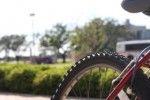
0
Donate to The Battalion
$2065
$5000
Contributed
Our Goal
Your donation will support the student journalists of Texas A&M University - College Station. Your contribution will allow us to purchase equipment and cover our annual website hosting costs, in addition to paying freelance staffers for their work, travel costs for coverage and more!
More to Discover





